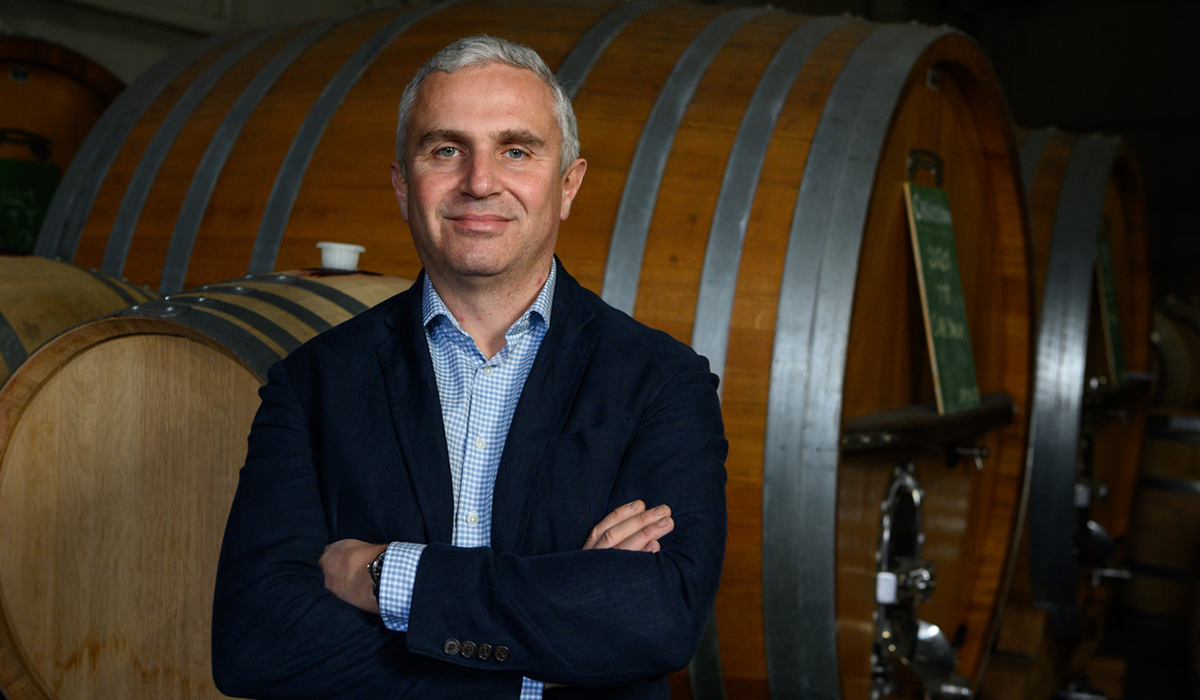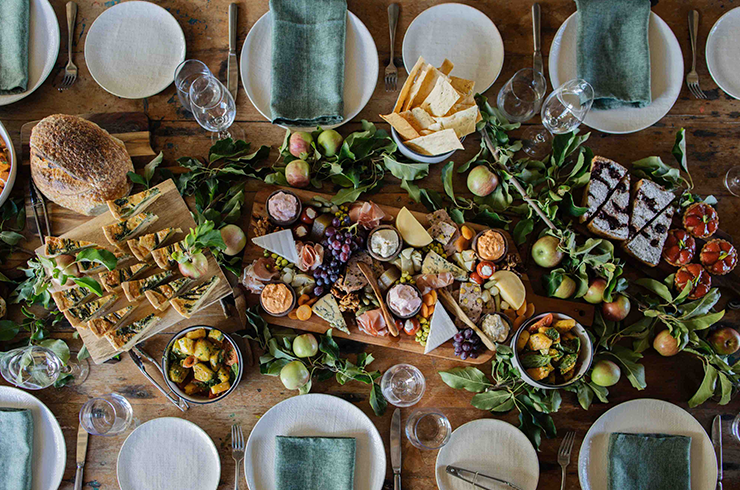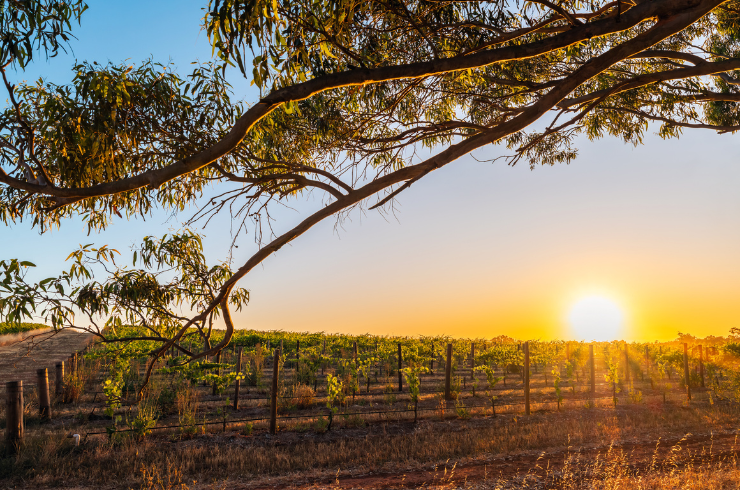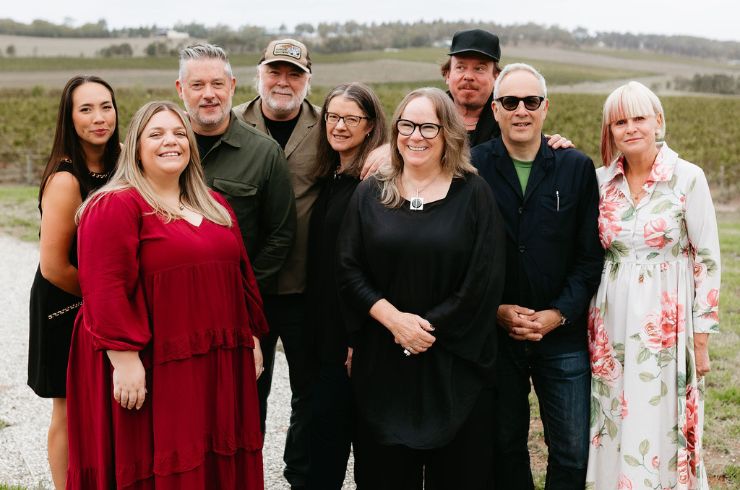Remember when the region we call Wrattonbully was part of Coonawarra?
In the great Geographical Indication boundary dispute that raised temperatures and passions at the close of the 20th century, Wrattonbully was set adrift, alone to make its own way in the wine world.
Today, the region that forever lives in the shadow of Coonawarra is smashing cabernet sauvignon out of the park.
There is a road less travelled for Australian cabernet sauvignon. Few walk it, talk it, write about it, and it’s to our great loss. Our tastebuds seem permanently tuned to the big two cabernet specialists – Margaret River and Coonawarra – so much so, we rarely wander off in search of delicious alternative sources, but they do exist. Beechworth, Adelaide Hills, Kangaroo Island, Henty, Nagambie Lakes, Canberra, Tasmania, Clare Valley and more, offer a different cabernet perspective if only we'd allow them the opportunity.
Some of the less travelled roads are actually a good fit, climate-wise, with the celebrated home of the grape, Bordeaux.

One of the oldest vineyards in the region, Smith’s Vineyard, boasts 40-plus year-old cabernet vines. At A. Rodda Wines, those vines are an important source of fruit for the Tête de Cuvée Cabernets. For Adrian Rodda, Smith’s Vineyard cabernet “provides the framework and structure that shapes the wine and the overall length and complexity of its (Tête de Cuvée’s) finish.”
Cabernet makers everywhere – whether in Margaret River, Canberra or Wrattonbully – focus on the tannin structure of their wines, a very important criteria for the ageability of cabernet.

Tannin is a significant question for Xavier Bizot at Terre à Terre, who sources cabernet from the terra rossa soils of his Crayères Vineyard in Wrattonbully. “I respect that Coonawarra and Wrattonbully are very close,” he says. ”All I can say is, in our vineyard, tannins are ripe when we pick them, even in a cooler year like 2023, not harsh and well-integrated. They carry the length of the fruit and we believe that the wines age well.”
Taste the 2021 Crayères Cabernet Sauvignon Shiraz blend and it is cabernet that holds your attention, contributing fine-knit tannins and warm, savoury autumnal and earthy notes. Another Wrattonbully masterclass in cabernet comes courtesy of Brian Croser (who happens to be Bizot’s father-in-law) and his Tapanappa Whalebone Vineyard Cabernet Shiraz.
In Canberra, Ken Helm at Helm Wines hosts an annual Rare Cabernet Weekend where wine lovers get to taste a range of aged cabernet from his museum collection, most are 10 to 15 years old. He saw the potential for the cabernet grape at his Murrumbateman property 50 years ago when he planted, and yet we are still pleasantly surprised to hear about the grape in the region.

It’s a similar story at Tahbilk in the Nagambie Lakes district. At the recent 75th anniversary tasting of the Eric Stevens Purbrick Shiraz and Eric Stevens Purbrick Cabernet Sauvignon wines, it was acknowledged that in any given year it is the cabernet that has the potential to eclipse the better-known shiraz. “From our perspective, we do cabernet better than shiraz,” said co-owner, director Alister Purbrick. “We can get cabernet regularly ripe and the cooling effect of the water mass (nearby Goulburn River and Nagambie Lake) is important.”
In the Adelaide Hills, the grape was first championed in the early 1990s by the Henschke family at their Lenswood Vineyard. Others followed but the results tended to be hit and miss given the region’s cool and often wet vintages. Pinot noir and now shiraz tend to be the main Hills’ red focus, but some cabernet loving vignerons still persist.
For Peter Saturno at Longview the secret to Hills cabernet is nailing the picking time. “It’s not as forgiving as shiraz,” he says. “We find you usually have a window of around four to five days.” But, get it right and the results can be stunning, with the most lifted florals and aromatics. Saturno’s 2021 Devil’s Elbow Cabernet Sauvignon is a case in point.
Walking the road less travelled with a glass of cabernet sauvignon in hand opens up so many possibilities, not only for wine drinkers but for producers, too. It means cabernet-loving producers get to keep cabernet in the ground instead of succumbing to the inevitable and grafting it over to shiraz or pinot noir. It’s good for the continuing diversity of the Australian wine industry, not to mention good to drink.
Latest Articles
-
Win
Win a stunning collection of Plumm glassware and wine, valued at over $500
1 day ago -
Wine Lists
Top Christmas wines under $30 (and five worth splurging on)
1 day ago -
Wine Lists
Why you should drink Australian this festive season (and 80 of our best wines to try)
1 day ago -
From the tasting team
The Aussie wines the Halliday Tasting Team will be opening this festive season
1 day ago



